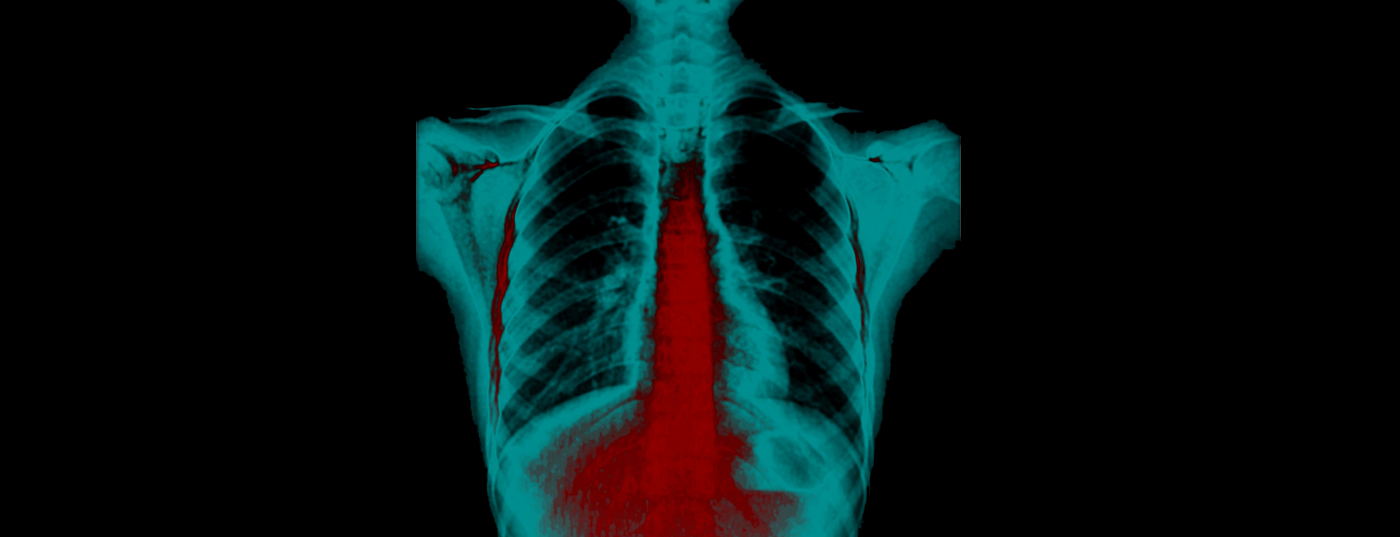Marcel Halama, MD, interviewed on the key aspects of managing reflux and its limitations.
1. doctor Halama; reflux is a disease that you often see in your specialist practice and which is also common among patients of a family practice. What procedure do you recommend for mild and moderate stomach burn?
The first thing we should try to do is to classify the patient’s complaints. Sometimes it turns out that in normal everyday life a certain food provokes the complaints. I’m thinking of alcohol or high coffee consumption. If the suffering is still present after an attempt at abstinence, a so-called PPI trial is indicated. Thus, we are evaluating whether 2-4 weeks of therapy with proton pump inhibitors will provide relief. Most of the time, these two steps are already enough. However, there are also patients who primarily want a gastroscopy. Of course, this can always be implemented and immediately gives an impression of the internal conditions.
2. What should the physician do if residual symptoms persist under PPI?
I usually prescribe PPI, as I said, for 4 weeks. If there are residual symptoms, I double the PPI dosage and a supplementary gastroscopy is now certainly indicated in this situation, so that any existing complications of a reflux disease (for example a carcinoma or a stricture) are not overlooked or a predisposing major diaphragmatic defect is not missed. Furthermore, an additional administration of gavisconell may also be useful here, especially after meals. After all, most people have problems after eating. However, it is still important to avoid provoking substances and to watch your weight. So in short, order a gastroscopy, increase the dose of acid blocker and add an alginate.
3. proton pump inhibitors should be administered with moderation and not longer than 8 weeks. How do you go about weaning?
If the patient is symptom-free and no severe inflammation was detected during gastroscopy, it is perfectly possible to discontinue the PPI after 4-8 weeks of therapy. I usually try to drop off directly and observe how the patient reacts. However, some of the patients suddenly have more complaints again after 2-3 days, sometimes even more than before the therapy. This is the so-called rebound phenomenon. In this situation, most go back to the acid blocker. In this situation, a slow phasing out must now take place. This usually involves going back to the smallest dose and reducing the frequency of use to every 2-3 days. Overlapping I often add neutralizing substances, for example the Gavisconell. Not least so that patients do not get the idea of increasing the dose of the acid blocker again. This procedure may well take several weeks and requires some patience and consistency. In my experience, however, this gives the patient a good chance of coming off the acid blocker within 6-7 weeks without symptoms.
4. how to proceed in patients who do not have continuous symptoms or when should these patients see a doctor?
I think most sufferers sense relatively well whether it is something provocative at best that is leading to the discomfort, and reduce this instinctively. Maybe they also take an alginate if needed. This also works quite well. However, if discomfort occurs for several days in a row and alginate does not provide relief, a trial of PPI should be attempted. Simply always as short as possible, but as long as necessary for the patient to be free of symptoms again.
5. when should the general practitioner consult a specialist?
Then, when the steps described above are of no use: That is, in the case of refractory symptoms. In this case, a patient should be referred to a specialist for endoscopic workup, especially to differentiate non-erosive or erosive form and exclude carcinoma. The former can be treated well with neutralizing agents such as an alginate and with PPI short-course therapy. The patient’s request is very important in this situation, sometimes even younger people are confused and feel the need for a more specific clarification. For patients over 50 years of age and new reflux symptoms, I would recommend endoscopy anyway. Likewise, when there is severe distress, volume reflux, unintentional weight loss, and reflux symptoms with accompanying anemia.
6. what is your experience with alginates?
My experience is good. Patients like them, especially because they are not systemic, yet show good efficacy and are very well tolerated. Gavisconell is usually given as an add-on, that is, in addition to the acid blocker. It is also a very safe drug when taken over a long period of time, precisely because of its purely physical action: it forms a physical reflux barrier above the stomach contents. So you can also use it in the long term.
7. Can Gavisconell also be used during pregnancy?
Yes, you can – and also during breastfeeding. Gavisconell is one of the few drugs for which there are studies in this regard. These demonstrate both the safety and efficacy of the therapy.












